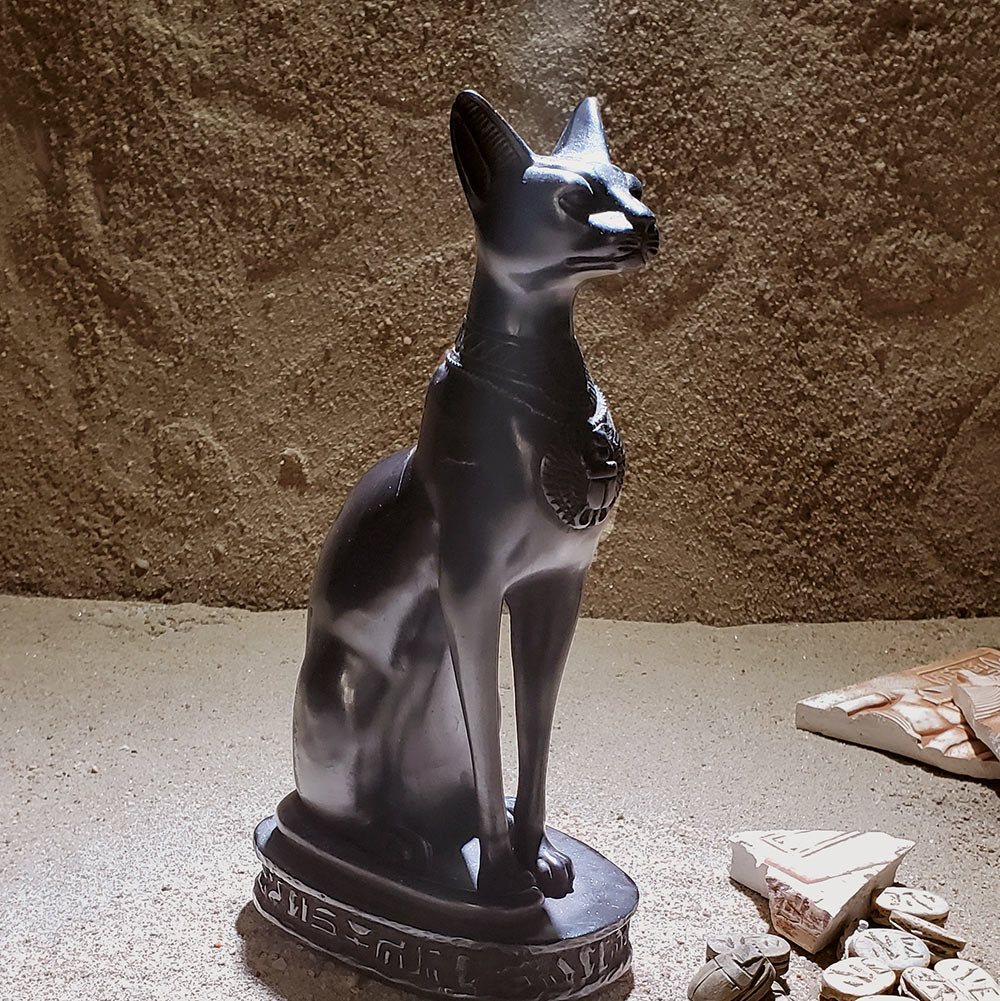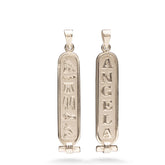Egyptian Ushabtis: Assistants to the deceased in the afterlife
Ushabtis, also known as shabtis or shawabtis, are ancient Egyptian funerary figurines that were placed in tombs to serve the deceased in the afterlife. These figurines were part of the funerary practices and beliefs in ancient Egypt, which included preparing the deceased for the journey to the afterlife.

The primary purpose of ushabtis was to perform labor on behalf of the deceased in the afterlife, specifically in the Field of Reeds, an idealized version of Egypt where the deceased would live eternally. It was believed that in the afterlife the deceased would continue their duties as they did in life and ushabtis would serve as substitutes or assistants to fulfill these tasks.
The figurines were typically made of various materials, including faience (ceramics), wood, stone, or metal. They were often inscribed with magical spells or specific texts from the Book of the Dead, intended to animate the ushabtis and give them the ability to perform their designated tasks.
Ushabtis played a significant role in Egyptian funerary practices, emphasizing the continuity of life after death and the importance of maintaining one's duties in the afterlife. Today, these ancient figurines are essential artifacts for studying ancient Egyptian beliefs and burial practices. Many of them can be found in museum collections around the world. We carry a variety of ushabti figurines including vintage ushabtis in our Etsy store.






